AO Edited
Smithsonian Conservation Biology Institute
This sprawling farm was once a Cold War-era hideaway for the nation's top diplomats.
An hour-and-a-half drive west of Washington, D.C., the Smithsonian Conservation Biology Institute sits on a sprawling rural campus in Front Royal, Virginia. Long before the biologists set up shop there, the farm also saw use as a U.S. Cavalry installation, cattle research lab, and, most improbably of all, as a Cold War-era continuity of government site for the Department of State.
During the 1950s and ’60s the property drew official cover as a Department of Agriculture beef cattle breeding station. But behind the scenes the Foggy Bottom diplomats stockpiled survival gear, built up regional highway infrastructure (the better to evacuate along), and made plans for the days after the bomb dropped. Along with the expected gear like water and survival biscuits, the bureaucrats also amassed a horde of office supplies including 200 typewriters and 10,000 sheets of paper.
The State Department’s relocation planning is just one of countless examples of the early Cold War push to establish a “federal relocation arc” in the Blue Ridge Mountains ringing Washington. In an era before intercontinental ballistic missiles, civil defense assumed that there would be time to escape an atomic bombing using their automobiles and the nation’s new interstate highway system.
The byproduct was a shadow “government in waiting” of bunkers, stockpiles and relocation facilities. Interestingly, Washington tribalism meant that each Department and agency went about planning independently, no matter how obscure. Hence the Front Royal fief for the Secretary of State.
Civil defense planning lost much of its steam after the Cuban Missile Crisis dispelled the idea that nuclear warfare would be survivable. The State Department and USDA cattle scientists had abandoned their property by 1973. And the deed later passed to the Smithsonian Institution, who use it to this day to breed endangered animals. Cheetahs now roam the fields, and administrators occupy the two-story stucco building that had been earmarked for the Secretary of state and his wife.
Know Before You Go
The facility is partially open to the public one day a year, in the fall. Free tickets are required. None of the animal areas are viewable.

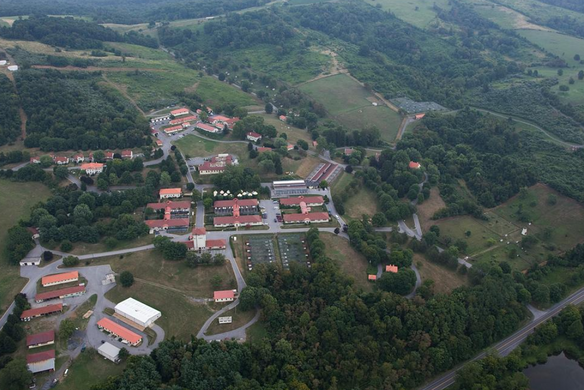





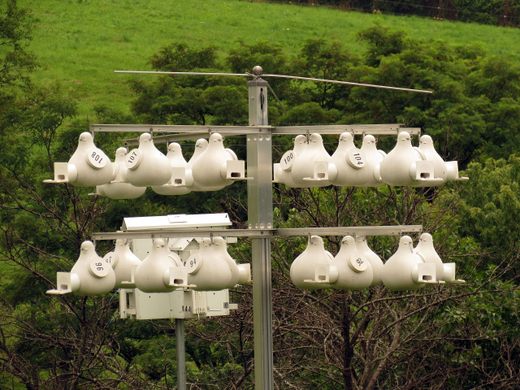
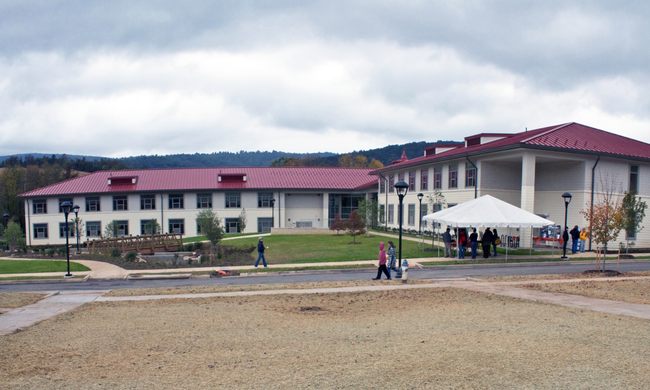
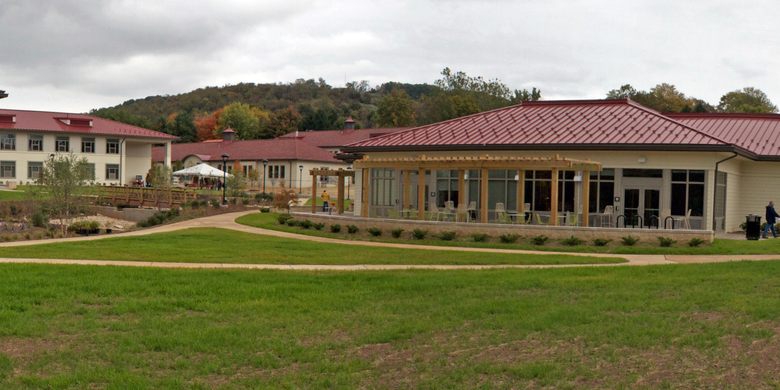

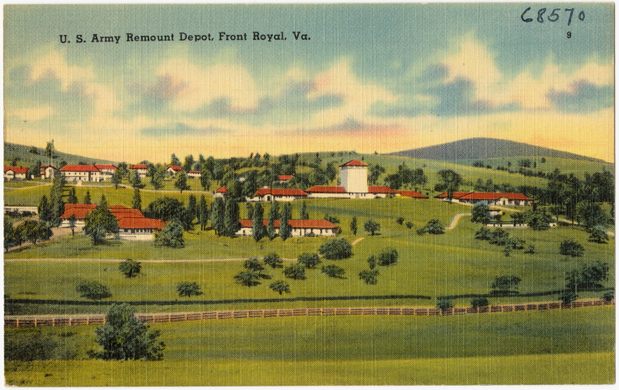




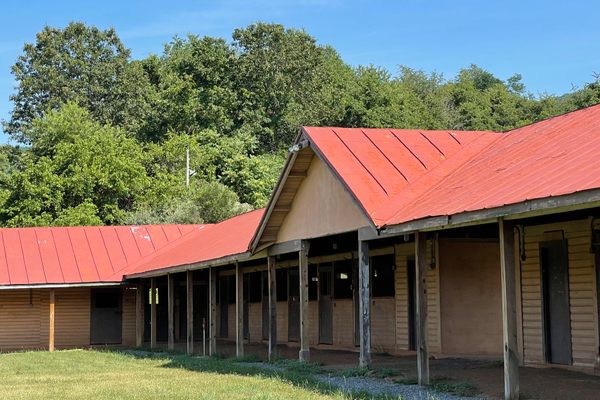






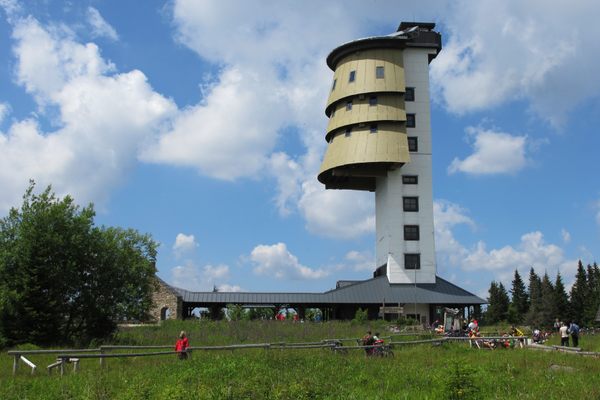

Follow us on Twitter to get the latest on the world's hidden wonders.
Like us on Facebook to get the latest on the world's hidden wonders.
Follow us on Twitter Like us on Facebook